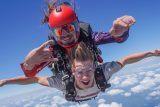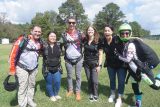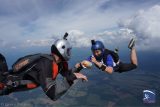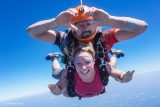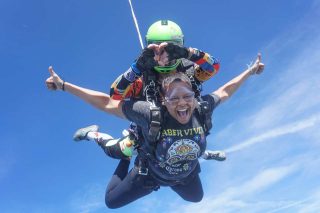Night Skydiving Explained
Skydiving
5 days ago
Is night skydiving a thing? Yes! A magical thing. Envision freefalling through the inky black sky, stars twinkling above, and the world below in a patchwork of glowing lights. Skydiving night jumps amplify every sense – the thrill is unmatched.
Can anyone skydive at night? Do night skydivers need special certifications? Let’s take a deeper dive into the mystical world of nighttime skydives, we promise they’re not as intimidating as it seems!
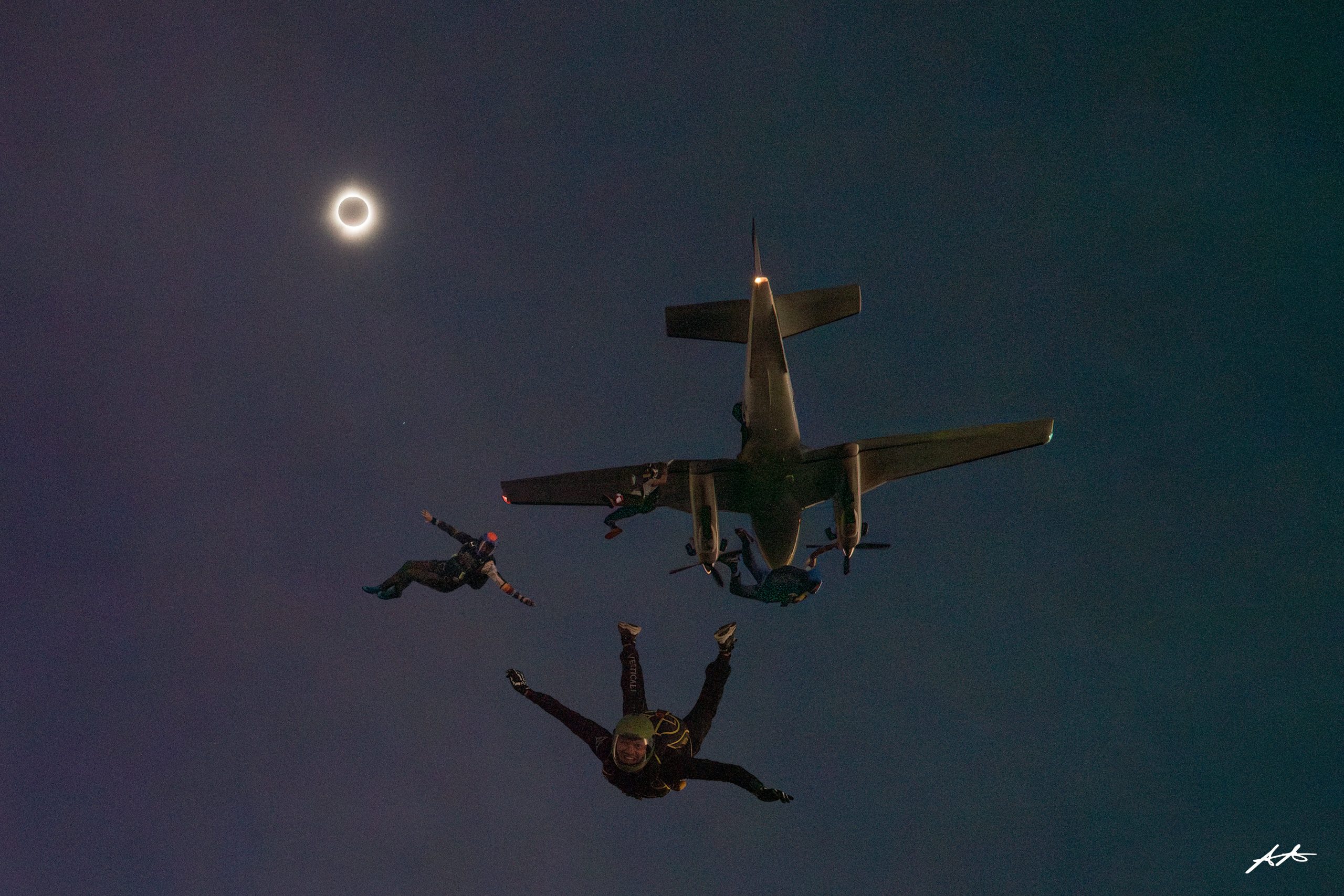
Who Can Go Skydiving At Night?
Is it legal to skydive at night? Absolutely, you just have to meet some qualifications to do so. The United States Parachute Association (USPA) awards four solo skydiving licenses – A through D. Each of these come with different privileges, and one of them is being able to partake in skydiving at night.
Those who wish to skydive at night must meet all requirements for a USPA B License or higher. Jumpers doing a night jump have to complete a briefing immediately prior to the jump, and although not a written requirement, most dropzones see it as standard practice to complete a jump at the same dropzone of the night jump earlier in the day.
Are night jumps required as a solo skydiver? Nope! Years back, the USPA D License could only be achieved by completing a couple night jumps. We did away with that requirement and made it optional, because the most important part of the skydiving culture is safety. And skydivers everywhere agreed that no one should be forced to do something they’re not comfortable doing, so other qualifiers to prove skill and earn the D License were created!
Where Can You Skydive At Night?
Can you skydive at night anywhere? Nope. A night jump can happen only if a dropzone allows it. Many dropzones offer night time skydiving, and many don’t. Some places don’t because the landing area is just too difficult to spot from above in the dark.
Specially-rated people may conduct night jumps into events – like ball games, concerts, or private parties – but these are highly-qualified jumpers. Can civilians do HALO jumps at night? Sure. If a dropzone has the proper setup for these specialty skydives, they can be tons of fun!
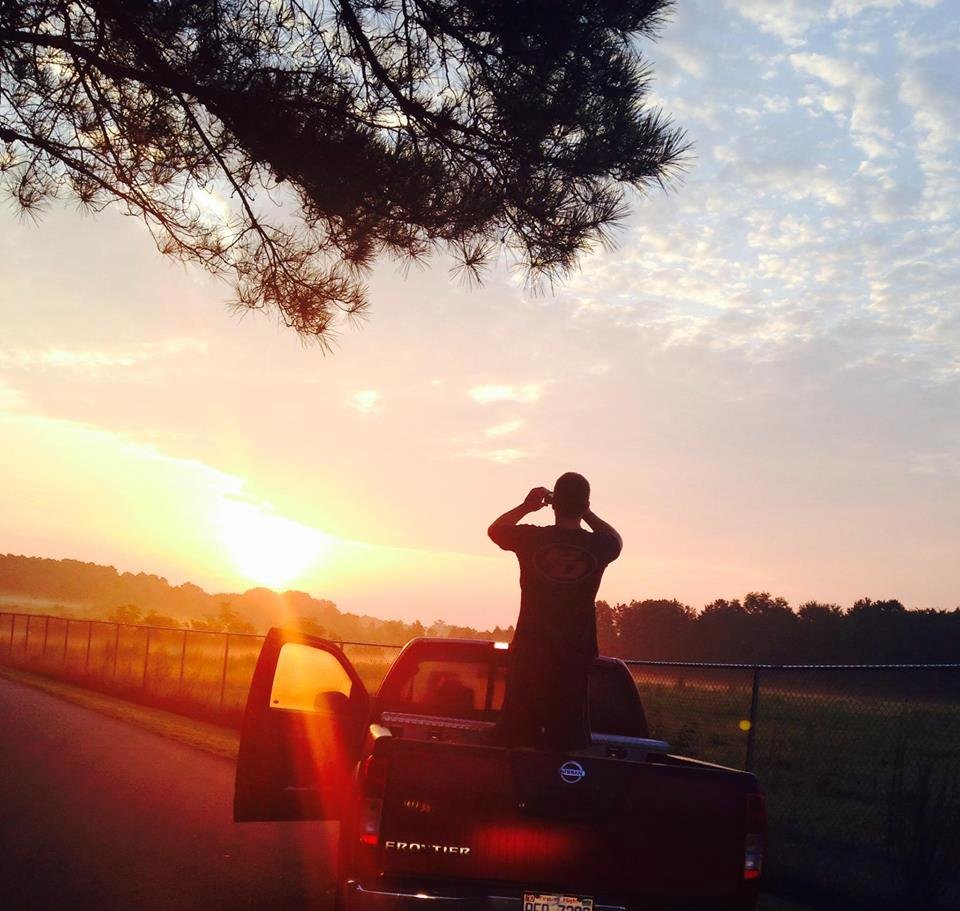
Do You Need Flares or Fancy Gear?
There are a few pieces of extra equipment needed to go night skydiving, but you don’t need flares. Skydivers with flares at night look super sick, but they pose an extra risk, because at that point you’re doing an extreme activity (skydiving) and adding two new risks: darkness and fire. Ah!
Skydivers jumping at night are required to wear a light that is visible for at least three statute miles from the time they open their parachute to when they land on the ground. Why? So planes and other skydivers in the air can see them.
Although this is the only requirement, there are many recommendations posed by the USPA. People jumping at night should have a lighted altimeter (this is pretty important!) and a light to grab or that is mounted to their helmet in order to ensure their canopy is in perfect working order. Plus, this light (if pointed at the parachute the entire time it’s open) allows it to be easily visible to other jumpers in the air and spectators on the ground!
A good practice is to wear an audible! An audible altimeter is one that is fitted in the jumpers helmet and beeps at preset altitudes. In the event that the backlight on the digital altimeter fails, the audible will come in quite handy.
Why Do People Like To Night Skydive?
It’s a novelty! For the typical jumper, night jumps and other specialty skydives will only take a page or two of real estate in the ol’ logbook throughout their entire jumping career.
For some, night jumps lack luster. What’s the point of skydiving if you can’t really take in the scenery around you? Heard. But for others, the additional excitement and rarity of the jump makes it well worth it.
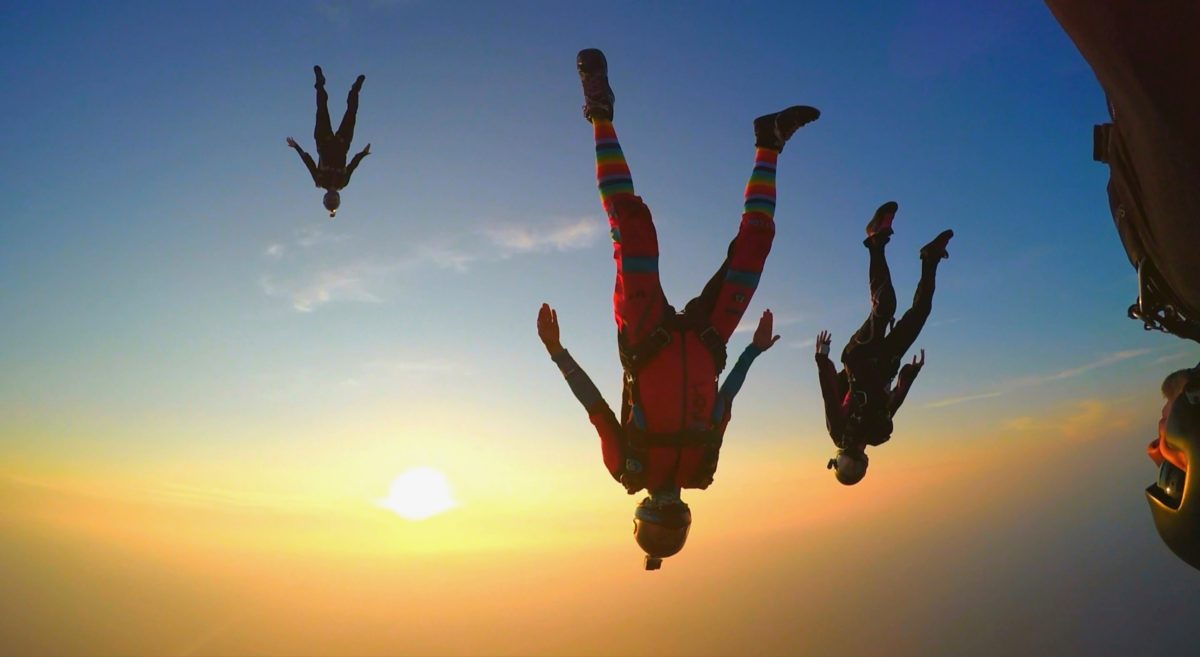
Can Tandem Skydiving Happen At Night?
Nope! Sunset is last call for tandem students. Trust us when we say, tandem skydiving is plenty exhilarating without a dark sky!
Experienced jumpers may seek out a night jump for a change of pace or a new experience, but daytime tandem skydiving is already new to the first-timer. And, even if you’ve tandem jumped a few times, you don’t really get used to it until a hundred jumps or so, and at that point, you should just get your license! Come jump with us – book your tandem today!
